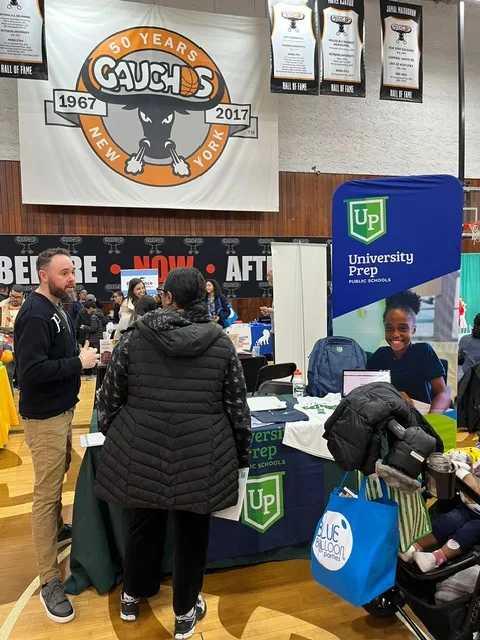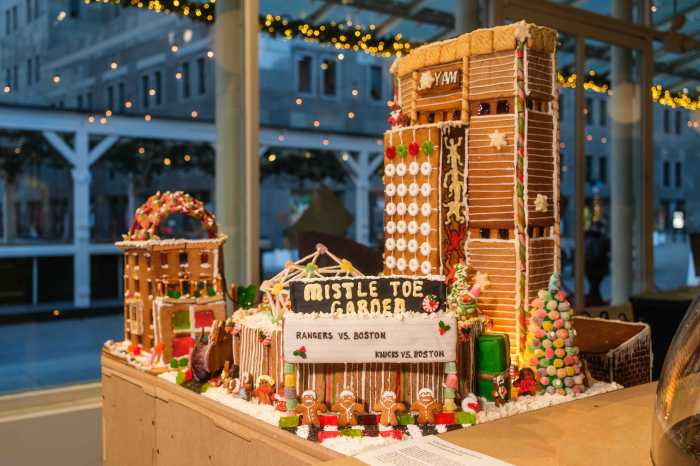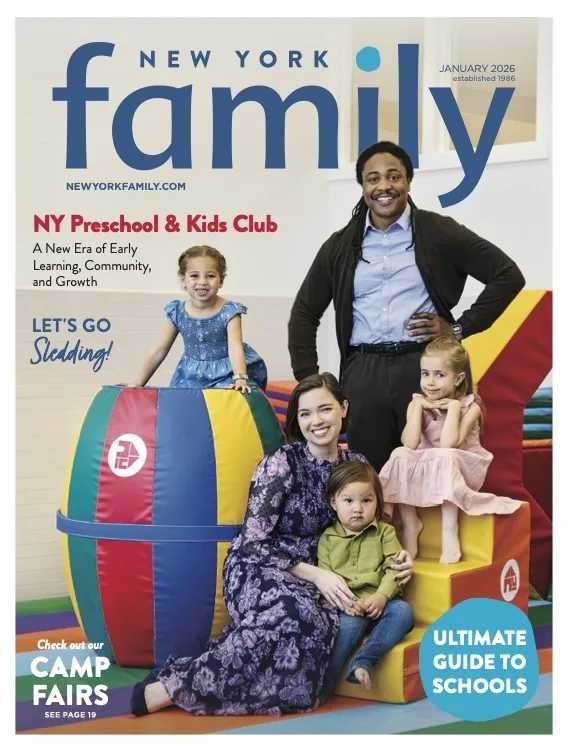 Developing a robust vocabulary is a key component to your child’s success in school. In class, she must be able to listen and comprehend, read increasingly complex material, and articulate her ideas effectively. Some children naturally develop their vocabulary through exposure to language, but others benefit from more direct instruction and targeted activities. Help your child develop a stronger vocabulary with the ideas detailed below.
Developing a robust vocabulary is a key component to your child’s success in school. In class, she must be able to listen and comprehend, read increasingly complex material, and articulate her ideas effectively. Some children naturally develop their vocabulary through exposure to language, but others benefit from more direct instruction and targeted activities. Help your child develop a stronger vocabulary with the ideas detailed below.
Read, Read, and Read Some More!
Most parents know they should spend time reading with their children. Yet, with so much on their plates, many just don’t find the time to fit in this activity on a daily basis. Reading, however, offers a real opportunity for vocabulary development, along with listening, language, and comprehension enrichment. Try making it a point to spend even just a few minutes each night reading with your child before bed time or set up a daytime “reading hour” (or fraction of an hour) devoted solely to this activity. When reading, as you come across words your child does not know, be sure to take advantage of this time to stop and discuss them. If you come across the word “spectacular,” for instance, ask your child if he knows what that word means. If so, have him articulate the definition. If not, tell him what it means, then spend time talking about a spectacular show, movie, or costume you’ve seen and why it is in fact so “spectacular.” The more connections to his own life you can make, the more likely it is that he will process and remember the word.
Labeling Activity
Engage your young child in vocabulary development with a simple household “labeling” activity. To do so, create post-it notes containing words like “hamper,” “alarm clock,” “painting,” “colander,” “hangers,” and so forth, and stick them all around your house on the corresponding objects. As you pass by these items, encourage your child to tell you their correct names. You can also turn this activity into a sentence game, where each player puts as many “labeled” items as possible into a sentence (even if it’s a funky one!) and whoever integrates the most words into their sentence gets a point (and the player with the most points wins). For instance, you might say, “After my alarm clock woke me up, I took my clothes off my hangers and got dressed.” Then the next player might say, “I saw a painting of a colander on the wall next to the hamper and close to my alarm clock.” The funnier and funkier the sentences are, the more fun your child will have.
Play “Show and Tell”
Help your child develop her vocabulary and language skills with a game of “show and tell.” To do so, have her find a unique item in your home, backyard, or even a local park or beach. Then challenge her to step into the “hot seat” (which could be a special chair or any designated spot) and describe her item using as many new words as possible. By using new or unique items when playing, your child will be encouraged to use both words she knows and, perhaps more importantly, also find new words to describe her items. Have players take turns being in the hot seat, with each player striving to use newer and more challenging words.
Word Games
Spend time playing some old-fashioned games with your child and you’d be surprised at how much vocab building (disguised as fun) can happen. You can play Scrabble, for instance, where players combine tiles to form words, or Boggle, where players identify words within letter sequences. Alternatively, you can try coming up with a “word of the day” and play a game of hangman with it–then make it a goal to use that word in conversations as many times as possible throughout the day. You can even create a point chart, where each player earns a point every time they use the word in context, and whoever earns the most points wins.
Vocab Apps
Most kids love playing with tablets and computers, so why not turn playtime into vocab-building time with game-like apps? Your child can try the app 7 Little Words, which contains puzzles with clues for seven different vocabulary words. For instance, players are given clues like “needs food” for “hungry” and they must combine letters scrambled around the board to form each word. Words Stack is also a great vocab-building app, focusing on word association. To play, users “stack” words that are associated to each other, like snow/boots, mouth/lips, soccer/goal, and so on. These vocab-building apps are helpful for test prep too!
Enriching your child’s vocabulary can help him better communicate and perform well in school. Try making the process fun with these vocab building games, activities, and apps and your child will be well on his way to academic success.
Dr. Emily Levy is the founder of EBL Coaching, a local tutoring program that specializes in one-on-one home and on-site instruction for students in grades pre-K-12. She is also the author of the workbook series Strategies for Study Success and Flags and Stars. To learn more about Emily Levy and EBL Coaching, visit eblcoaching.com!













